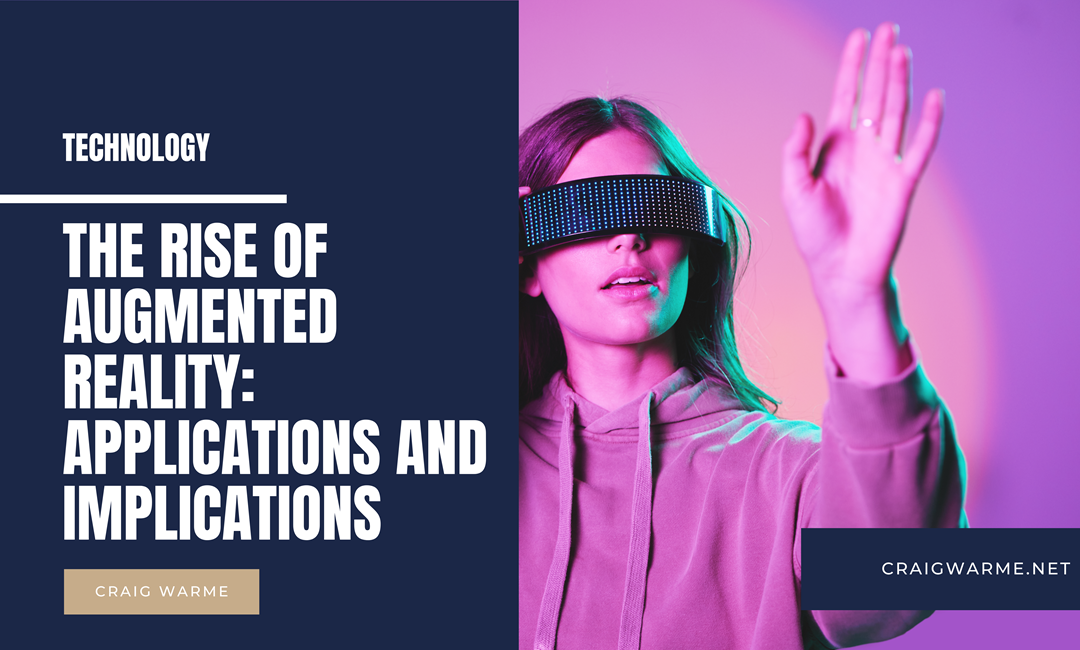Augmented Reality (AR) is no longer a concept confined to science fiction; it’s increasingly becoming a part of our everyday lives, transforming the way we interact with the world around us. From entertainment and gaming to education, healthcare, and beyond, the rise of augmented reality is ushering in a new era of innovation with far-reaching applications and implications.
At its core, augmented reality is about overlaying digital information and virtual elements onto the real world, creating immersive experiences that blend the physical and digital realms. Unlike virtual reality, which replaces the real world with a simulated one, augmented reality enhances our perception of reality by adding digital content to our surroundings.
One of the most well-known applications of augmented reality is in gaming and entertainment. From Pokémon GO to Snapchat filters, augmented reality has revolutionized the way we play, interact, and engage with digital content. With augmented reality games and apps, users can explore virtual worlds, interact with virtual characters, and immerse themselves in interactive experiences that blur the line between fantasy and reality.
Moreover, augmented reality is increasingly being used in education and training to create immersive learning experiences that enhance engagement and retention. With augmented reality, students can visualize complex concepts, interact with virtual objects, and explore subjects in ways that were previously impossible. From anatomy lessons and architectural simulations to historical reenactments and interactive storytelling, augmented reality has the potential to revolutionize education and training across a wide range of disciplines.
Furthermore, augmented reality has transformative applications in healthcare, enabling doctors, surgeons, and medical professionals to visualize complex medical data, simulate surgical procedures, and enhance patient care. With augmented reality, medical professionals can overlay digital information onto a patient’s body, providing real-time guidance and assistance during surgery, diagnosis, and treatment. Augmented reality also has the potential to improve patient outcomes by enabling remote consultations, telemedicine, and virtual rehabilitation programs.
In addition to its applications in gaming, entertainment, education, and healthcare, augmented reality is also poised to revolutionize industries such as retail, manufacturing, and marketing. With augmented reality, retailers can create immersive shopping experiences that allow customers to visualize products in their own homes before making a purchase. Manufacturers can use augmented reality to streamline production processes, improve efficiency, and reduce errors. And marketers can leverage augmented reality to create interactive advertising campaigns that engage and captivate audiences in new and exciting ways.
In conclusion, the rise of augmented reality is transforming the way we interact with technology and the world around us, with far-reaching applications and implications across a wide range of industries. From gaming and entertainment to education, healthcare, retail, and beyond, augmented reality is revolutionizing the way we work, learn, play, and live. As augmented reality continues to evolve and mature, its potential to reshape our world and enhance our lives is limitless.

